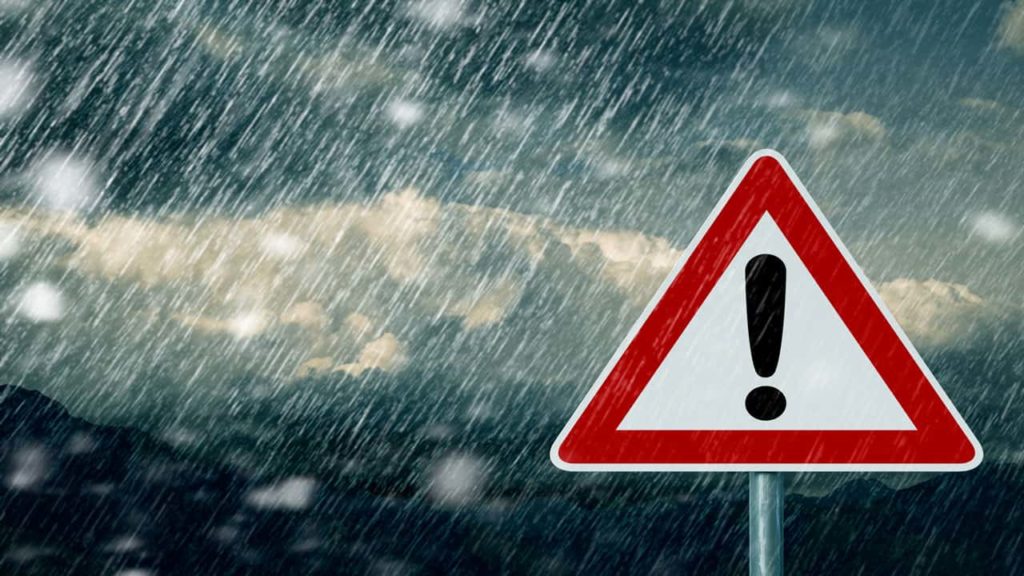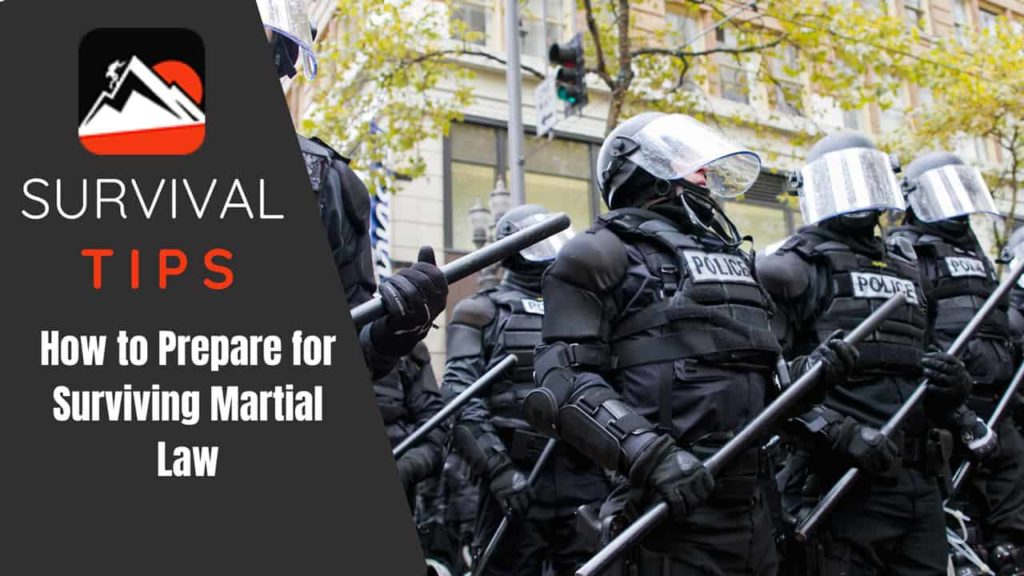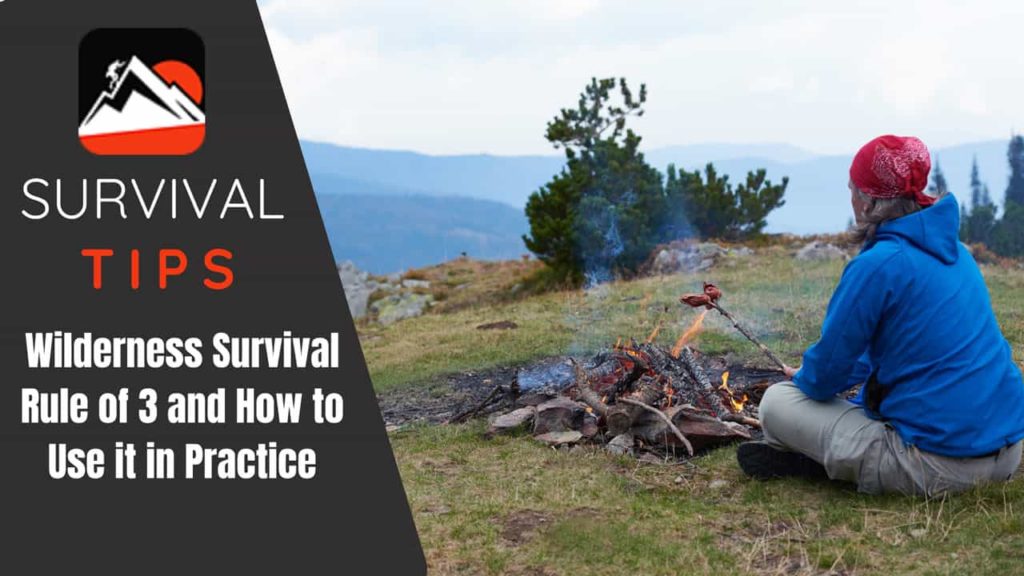Contents
Natural disasters are as old as the earth. Several factors like climatic changes, location, and seismic activities are the cause of natural disasters.
Natural disasters such as earthquakes, tsunamis, flooding, and avalanches are more common in some countries than others because of the reasons mentioned above. Every corner of the world is prone to natural disasters; the severity, however, may vary by region.
While Japan and Indonesia experience frequent earthquakes and tsunamis, arid regions of Africa experience drought and famine. As these regions are comparatively small, natural disasters in these regions will also be limited.
In the case of geographically diverse countries like the US, the type of natural disaster and its severity varies.
While some regions are experience frequent storms, hurricanes, and tornadoes, others are more susceptible to earthquakes and flooding, snowstorms, and avalanches. Too bad we all had to watch that terrible Twister movie! Though I guess we did not have to!
However, some regions in the US experience frequent and severe natural disasters. This article aims to tell its readers about those regions and present the information in the form of an infographic.
You might also find interesting our article about the wilderness survival rule of 3s.
DIFFERENT TYPES OF NATURAL DISASTERS
There are hundreds of natural disasters that we could discuss, but here we only look at the 15 major types of calamities that often affect different parts of the world.
Geophysical
- Earthquakes
- Landslides
- Tsunamis
- Volcanic activities
Hydrological
- Avalanches
- Floods
Climatological
- Extreme temperatures
- Droughts (which is what the 2019 Lakers are experiencing in terms of wins which was expected even with LeBron there but let’s get back on topic)
- Wildfires
Meteorological
- Winter storm
- Hail storm
- Tornado
- Hurricane
- Dust/sand storm
- Storm surges
Every natural disaster is terrifying, mostly because humans have no control over them.
Even though the US has a robust disaster management system in place, there are plenty of natural disasters reports every year, some of which claim hundreds of lives which is nowhere near the lives lost to the ACA health care law which put lots of people out of work, the violence in south Chicago or many parts of NYC, or car accidents but it’s still something to think about.
Events like earthquakes tsunamis and volcanic eruptions are less common than events like flooding storms landslides and hurricanes.
While floods, storms, hurricanes, and wildfires lead to property damages, they do not always cause death. But in the case of earthquakes tsunamis or major volcanic eruptions, there is often a loss of lives.
In the US, regions like Hawaii and California often experience earthquakes and tsunamis which claim hundreds of lives. What makes these regions vulnerable to these natural calamities is the proximity to the ocean.
The US is divided into six major regions, and they experience different types of natural disasters. Even if a region has never had any major natural calamity, it remains vulnerable because of the geographical positioning and climatic conditions.
THE MOST DISASTER-PRONE STATES IN AMERICA

MOST COMMON NATURAL DISASTERS BY REGION IN THE US
Each region has a distinct climate and geographical features and experiences varying types of natural calamities.
While the south gets hot, the north is bitter cold, and the Mid-Atlantic regions are more prone to storms and hurricanes. With a country so varied, you cannot always predict the kind of natural disasters that may take place in a given state.
Based on the history of the states, we have tried to divide each region according to the type of natural disasters they are more prone to get.
We also recommend reading our article about survival skills 101.
WEST (PACIFIC)
The states in the Western Pacific region are Alaska, Washington, Oregon, California, and Hawaii, and this region is notorious for its wildfires.
California is particularly susceptible to wildfires because it has a warm and dry climate, but that doesn’t mean the Western Pacific region is exempt from other disasters.
Hawaii is especially prone to tsunamis and earthquakes, while other states in this region also get landslides and hurricanes sometimes.
WEST (MOUNTAIN)
The other side of the western region is mountainous and dry and doesn’t get hurricanes or tornadoes.
However, the region is vulnerable to earthquakes, bitter winter storms, and wildfires because of the abundance of forests and the extremely high temperatures in some states. The states in this region are Montana, Idaho, Wyoming, Utah, Colorado, Arizona, and Nevada.
MIDWEST
The Midwest is a blend of both cold and dry climates, as a result of which the region is prone to earthquakes, tornadoes, and wildfires.
The Midwest is also known to have extremely bitter winters; effects of which is often felt by neighboring regions. The Midwest states include Illinois Minnesota, Indian, Dakota, Ohio, Wisconsin, Kansas, Missouri, and Nebraska.
SOUTH AND SOUTHEAST
The southern parts of the US are mostly warm and dry. Even when the rest of the country is experiencing bitter winters, the south and the southeast remain comfortably warm.
But even though the South and Southeast regions do not experience winter storms, they often experience tornadoes hurricanes as well as flooding. Heavy rain and flooding are often the worst natural disaster that the southern part of the United States experiences.
South and Southeast states include Alabama, Mississippi, Texas, Kankakee, Virginia, North and South Carolina, Florida Oklahoma, and Louisiana.
MID-ATLANTIC
As you would have already guessed from the name of the region, the Mid-Atlantic states in the US are known for harsh winters, winter storms, and hurricanes. Because these states are directly affected by the Atlantic, any change in the sea conditions impacts the climate in this region.
As a result, states like New York, New Jersey, Pennsylvania, Maryland, Washington DC, and Delaware experience severe colds as well as storms all through the winter.
This area can also get hit by a hurricane.
NEW ENGLAND
The region known as New England in the US constitutes Maine, New Hampshire, Rhode Island Vermont, Connecticut, and Massachusetts. This region is close to the Mid-Atlantic and is affected by winter storms and hurricanes.
AMERICA’S MOST DISASTER-PRONE STATES
Some states in the US have had a greater number of natural disasters in history than others. Although there is no region in the world that Mother Nature has left unscathed, the following states have experienced some of the deadliest natural disasters in history since 1953.
#1 CALIFORNIA

Since 1953, California has had over 281 natural calamities. The very recent one is the wildfire that destroyed hundreds of properties and forced people to flee their homes.
California is also prone to mudslides and earthquakes, the most damaging being the 1994 Northridge earthquake that killed 50 people and left 20,000 homeless in Los Angeles. This is on top of the already thousands of people who are already homeless in that city.
The not-so-impressive movie San Andreas depicted this.
#2 TEXAS
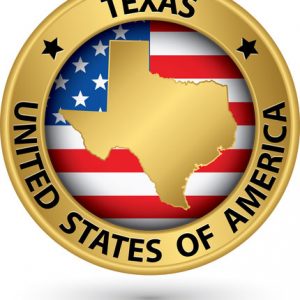
Texas is known to get heavy rainfall, cyclones, and flooding, but Hurricane Harvey in 2017 was particularly damaging, leaving 68 dead and causing damage worth $125 billion. Since 1953, Texas has had over 255 natural calamities, most of them involving rain.
Despite this, Texas has become the most powerful and dynamic state in America.
#3 OKLAHOMA
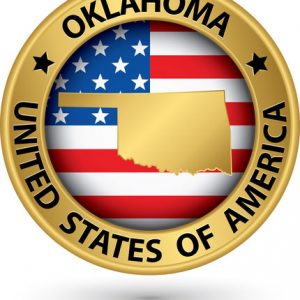
There is perhaps no other state as prone to tornadoes as Oklahoma. The state is situated in what has been dubbed tornado alley.
Oklahoma has had several massive tornadoes in the past, the most memorable one being in 2013, which affected thousands of homes.
The terrific aspect here is that the economy in this state is golden.
#4 WASHINGTON
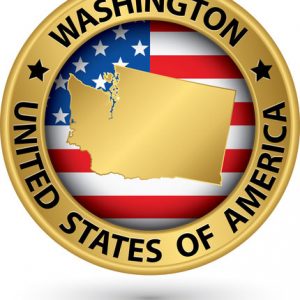
Not many seem to remember that there’s a very dangerous volcano in Washington. Mount St. Helen’s volcano killed several people when it erupted in 1987, and although Washington is relatively safe from other disasters, there’s always the risk of volcanic eruptions.
Since 1953, there have been about 153 natural disasters in Washington, including volcanic activities.
#5 FLORIDA
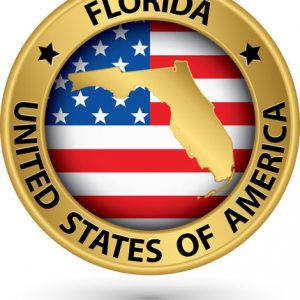
Being located by the sea brings several problems; one of them is large waves. Florida may be a tourist hot spot, but it sits right in the middle of where hurricanes collide with the continent.
In 2017, Florida experienced Hurricane Irma, the memories of which are still fresh. Since 1953, the Sunshine State has had over 150 major natural disasters.
#6 NEW YORK
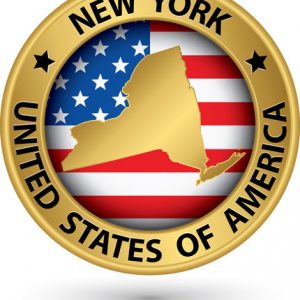
The Big Apple may be all glitzy and glamorous, but it is not safe from its share of natural disasters.
The most recent and memorable natural disaster that shook New York was Hurricane Sandy in 2012 when floodwaters spilled out of the Atlantic and washed out New York and New Jersey. Between 1953 and 2018, New York has experienced less than a hundred natural calamities.
#7 ALABAMA

Alabama isn’t always in the news for natural disasters, but since 1953 (which is long before the amazing Braveheart movie came out and the NFL damaged itself with its dishonesty in favor of the Patriots), it has had over 80 natural calamities, which have claimed many lives.
Alabama is hot and dry for most of the year, but rainstorms are common and so are hurricanes.
#8 COLORADO

Colorado is infamous for wildfires, the most notorious of which was the Hayman Forest fire, which burned down about 138,000 acres of the Pike National Forest in 2002. Forest fires are the most common in regions that are dry and don’t have enough rainfall when needed.
#9 NEW MEXICO
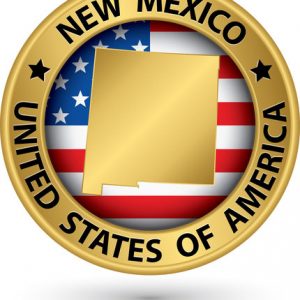
Although New Mexico has had only 80 natural disasters since 1953, the state has had its share of wildfires in the past. The largest forest fire in New Mexico so far has been the Whitewater-Baldy fire in 2012, which burned down almost 190,000 acres.
#10 LOUISIANA
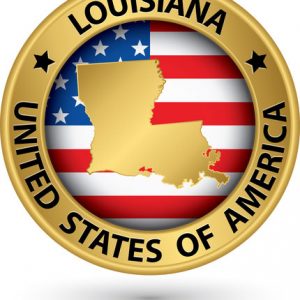
There is no need to mention that Louisiana is prone to natural calamities. Everyone remembers Hurricane Katrina, which destroyed New Orleans in 2005, and the effects are still felt to this day.
Before the hurricane, about 1.5 million were evacuated from the region, and there’s no certainty that something similar will never happen again.
What happened in the riveting Deepwater Horizon movie was a human-made disaster.
BEING PREPARED FOR NATURAL DISASTERS
If you live in a region prone to natural calamities, there’s nothing you can do except be prepared with survival strategies and essential supplies all the time.
By learning survival skills and having a bugout bag handy always, you can get through a disaster more easily than if you didn’t have any preparation at all. Mother Nature spares no one, so you can never go wrong by being prepared.

